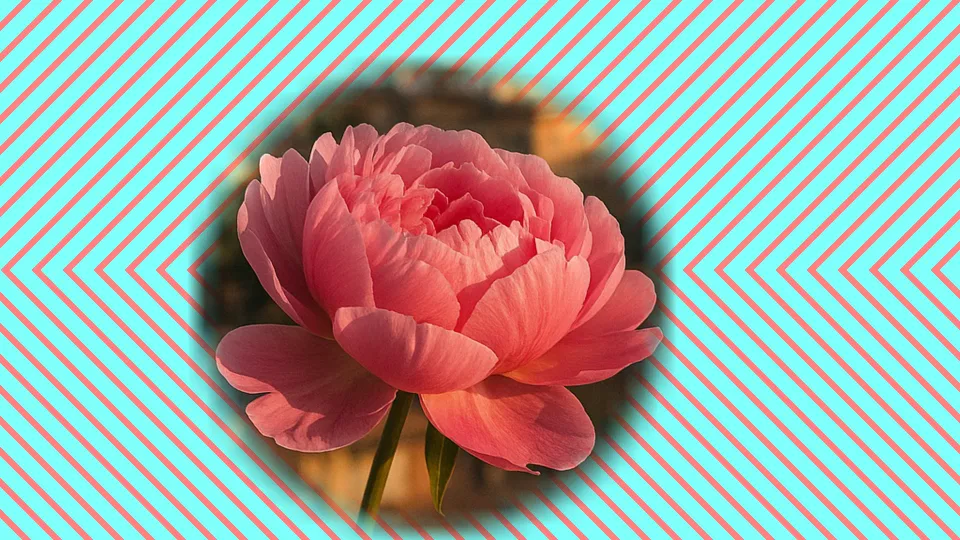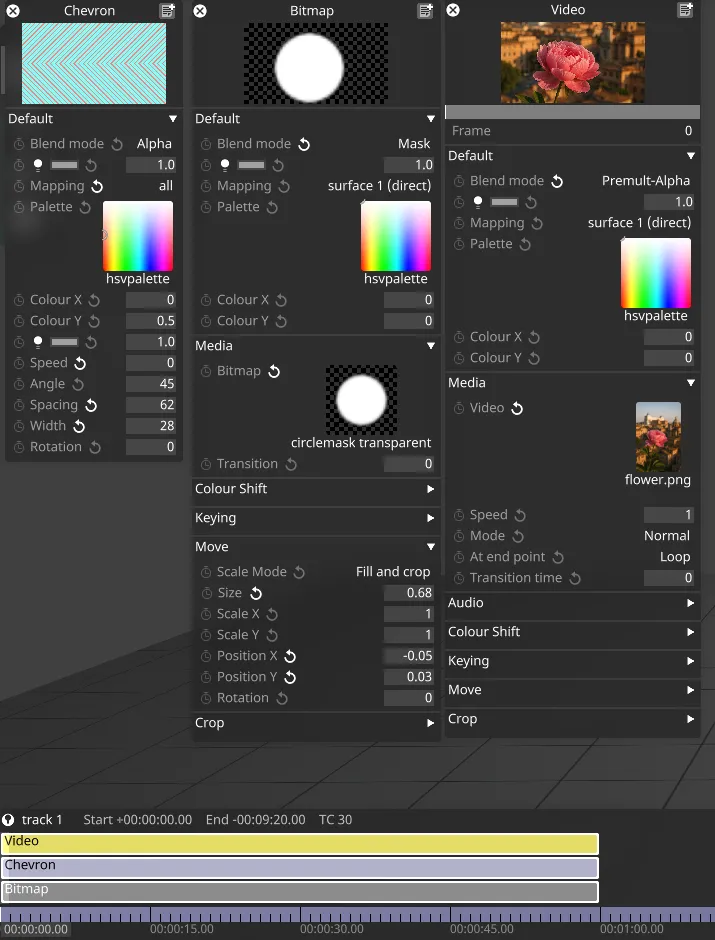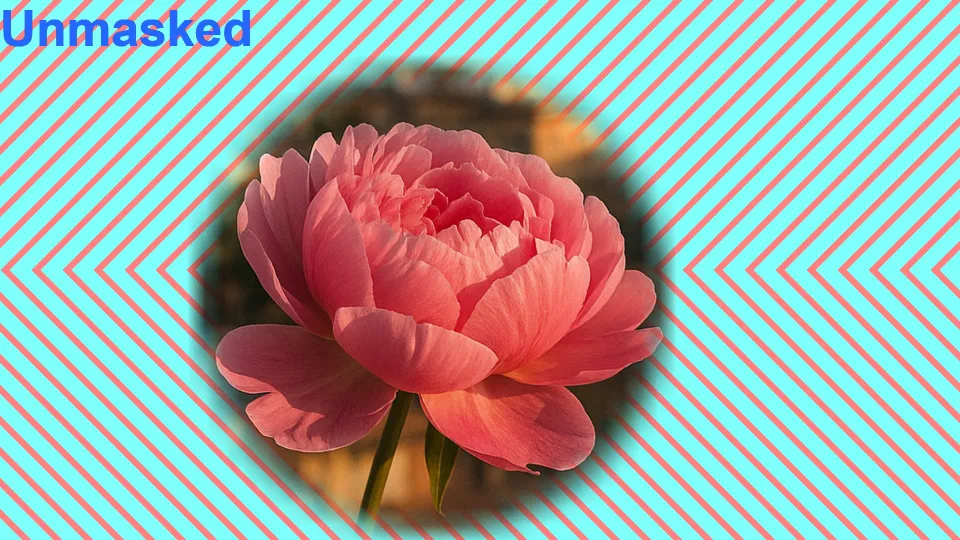Mask blending
On a Layer, the Mask blend mode is a unique blend mode within Designer, as it allows for applying a mask directly to a layers higher in the composition stack, rather than the usual blend modes which are applied on top of all content lower in the compositing stack. This allows for blending operations which operate independently of the layers which have already been composited and allows for separate control of masking elements.
Mask blending works per mapping - the mapping is the primary way of setting and using the mask, and layers which do not use the same mapping Resource are not affected by the Mask blend mode.
In the following example, the flower was composited on top of the chevron background and did not have an alpha channel of its own, but was correctly blended with the background:

Masking mechanism
Section titled “Masking mechanism”Mask blend mode provides a temporary override to the layer’s mapping’s mask. This override lasts until the end of the current transport compositing stack. That is, the mask is overridden for the remainder of the composition within a given track, but it does not spill over between transports in multi-transport.
The way that mapping masks work is that every channel is combined with the content - a red mask with no green and blue components and full opacity alpha would isolate just the red and alpha channels of any subsequent content applied using this mapping, setting the green and blue channels to 0.
Example setup
Section titled “Example setup”For the isolated flower example above, the following layer configuration was used.
Note the Bitmap layer is below both the Chevron and the Video layer, its Mapping is set to “surface 1”, and is set to Mask blend mode, so it is setting the mapping’s mask.
The Chevron is unaffected by the mask because the Mapping is set to “all” instead of “surface 1”.
The Video is affected by the mask because it shares the Mapping “surface 1”.

Resetting the mask
Section titled “Resetting the mask”While it’s not possible to reset the mask to the originally set mask on the mapping itself, it is possible to reset the mask’s effects by inserting a white Colour layer into the layer stack, set to Mask blend mode and selecting the target mapping.
In this example, the Colour layer Mapping is set to “surface 1” and Mask Blend mode. It outputs full opacity white.
The text layer also uses Mapping “surface 1”, and is able to appear outside the originally masked area.

